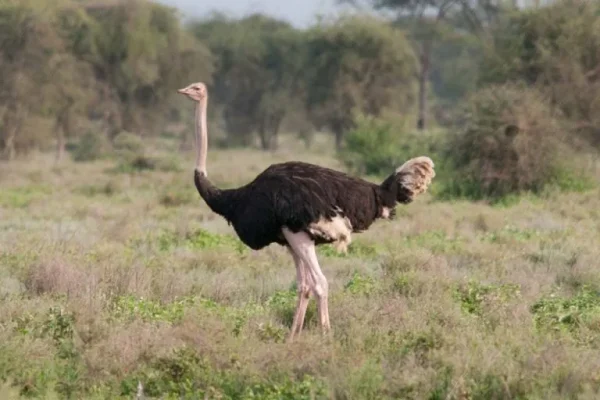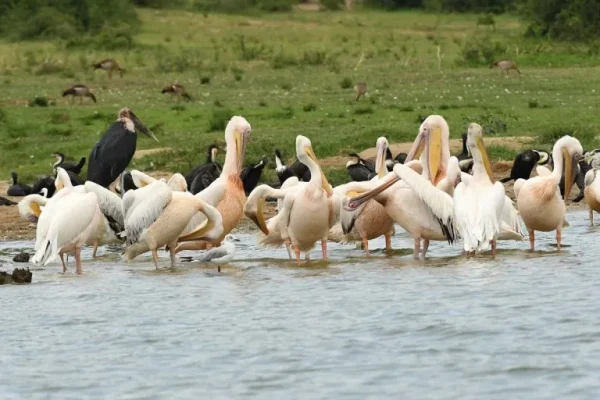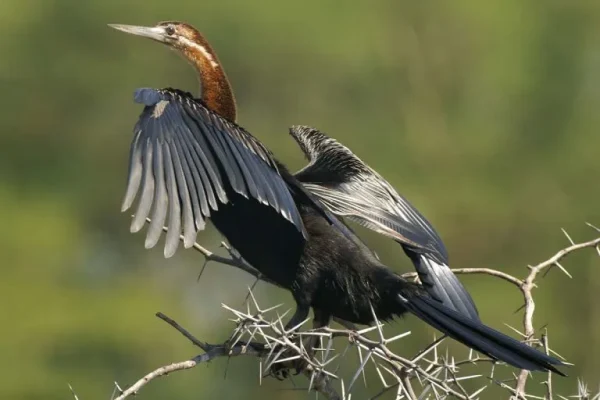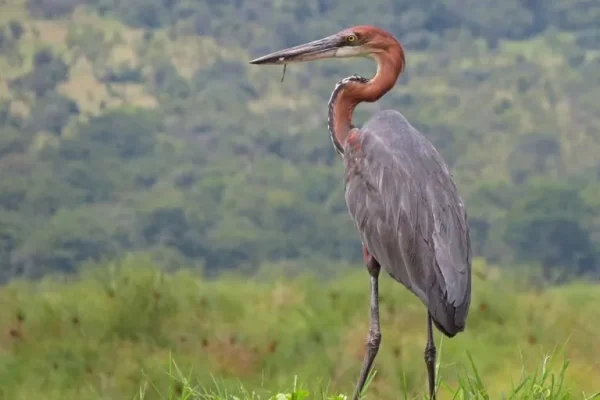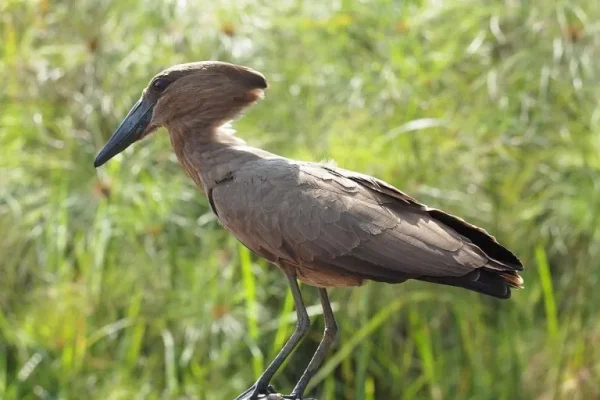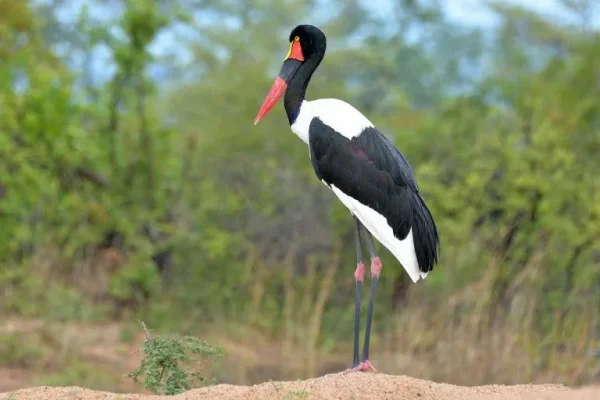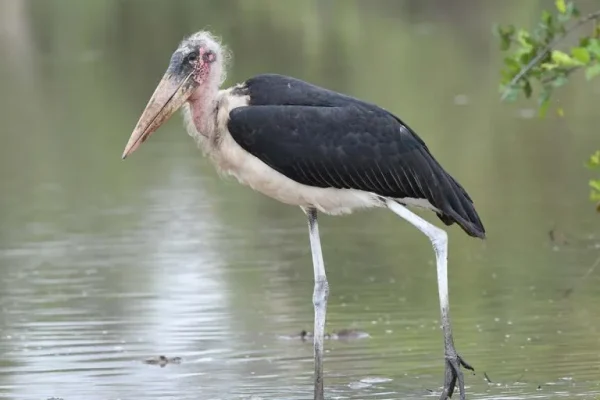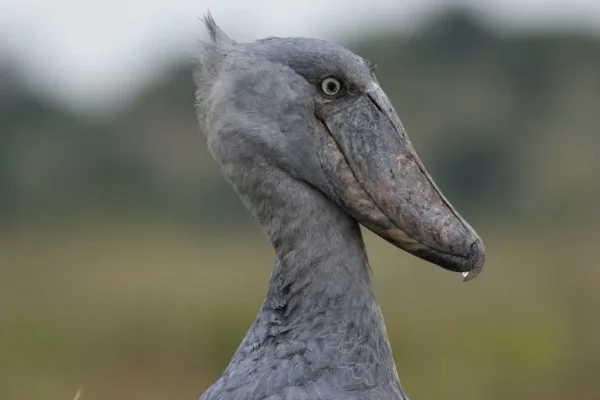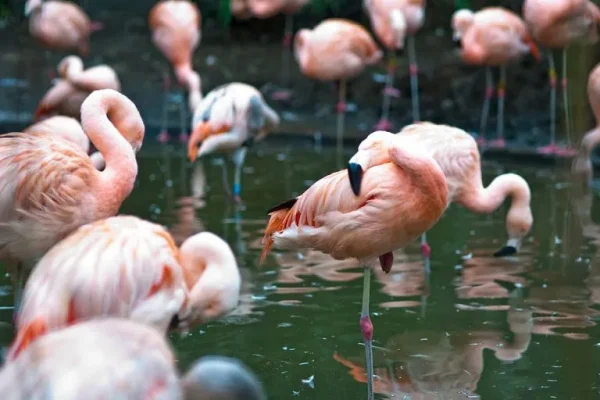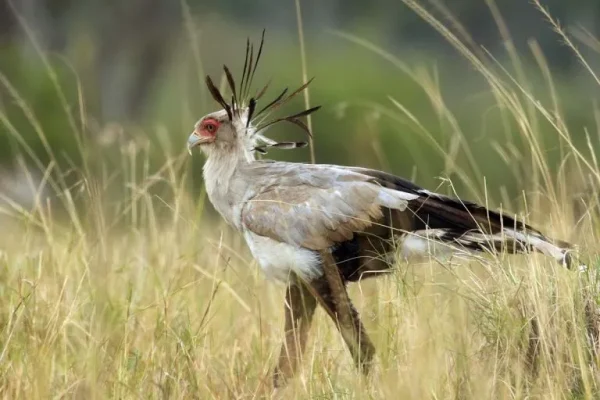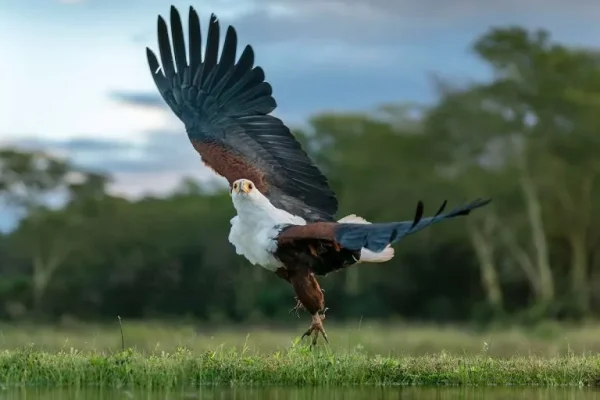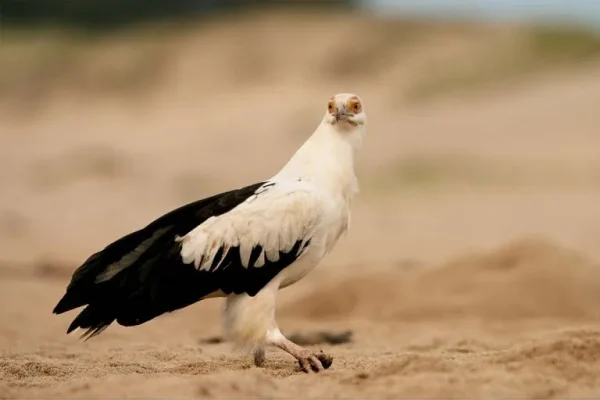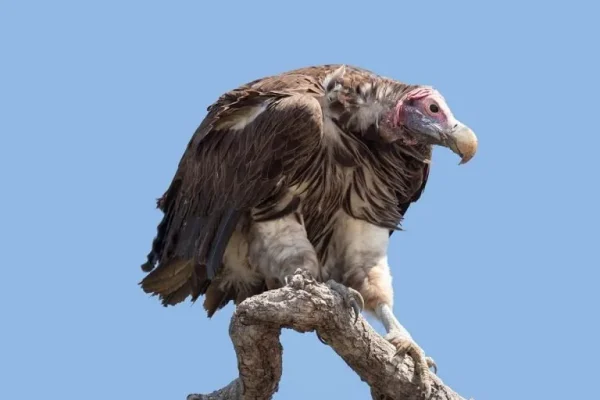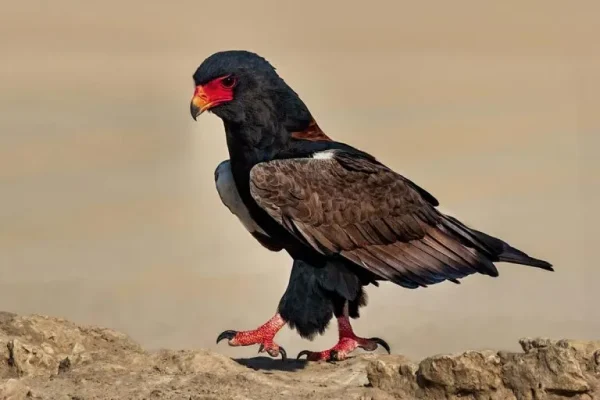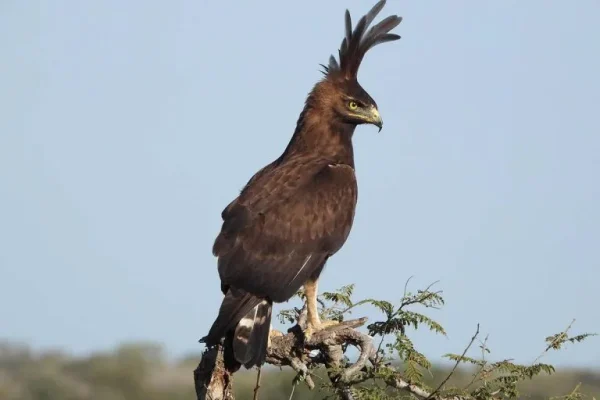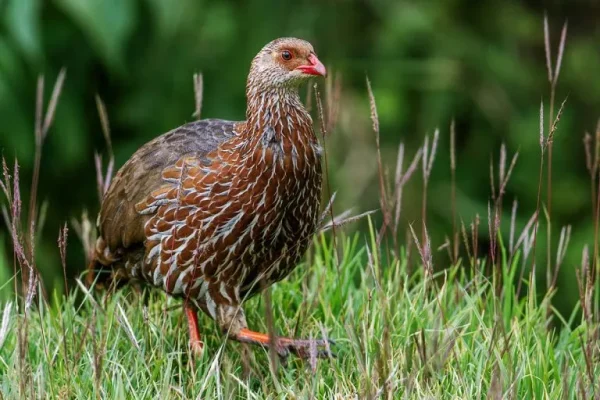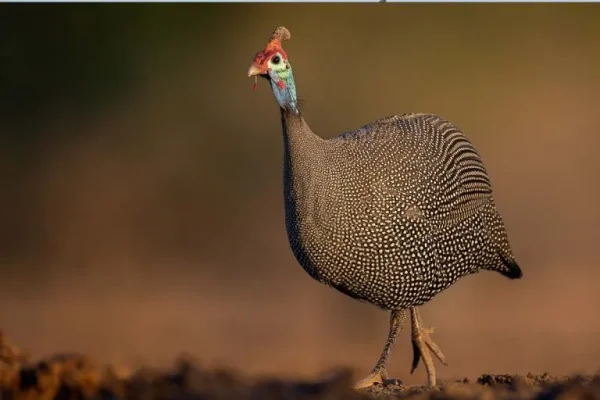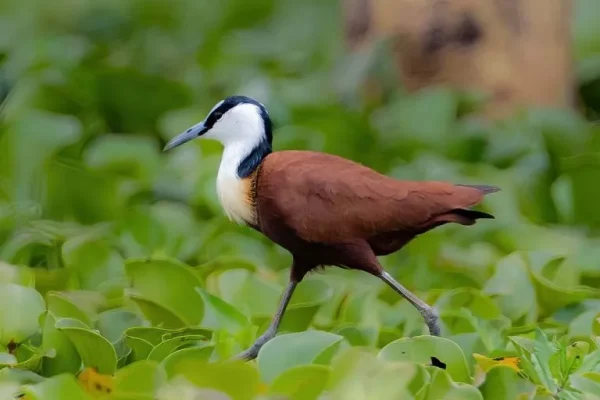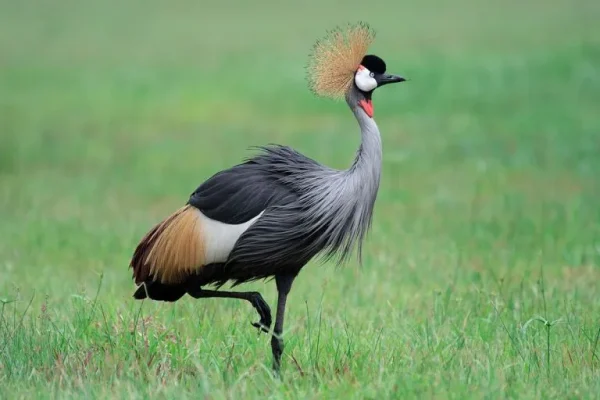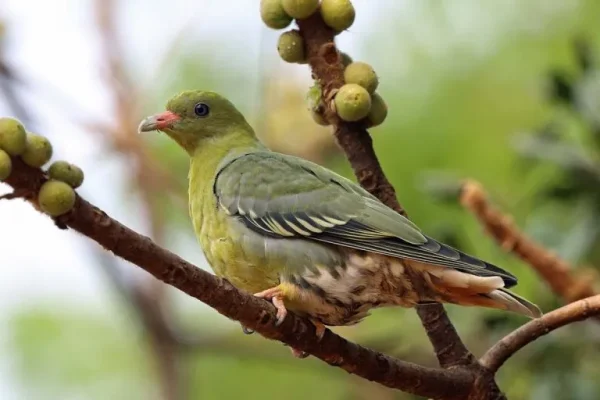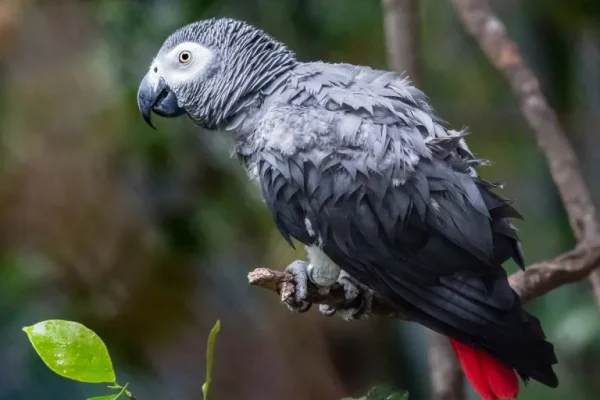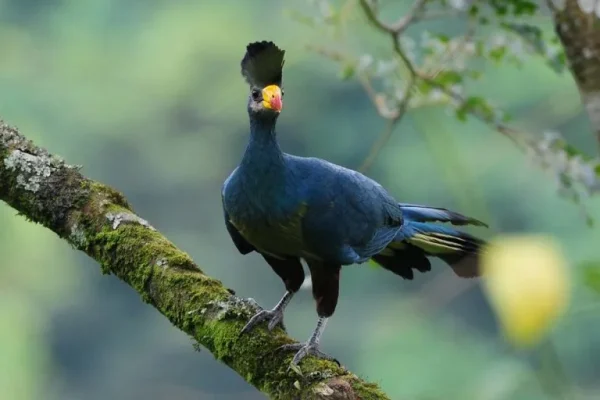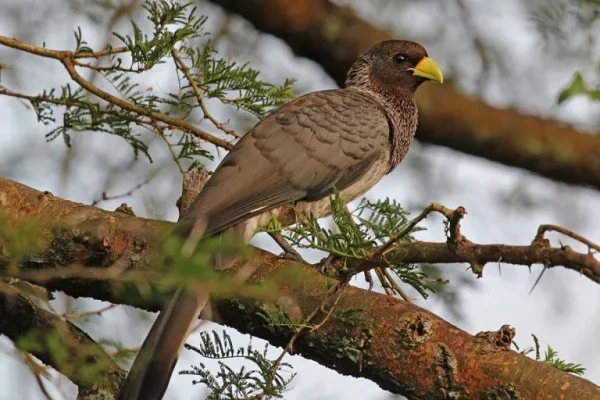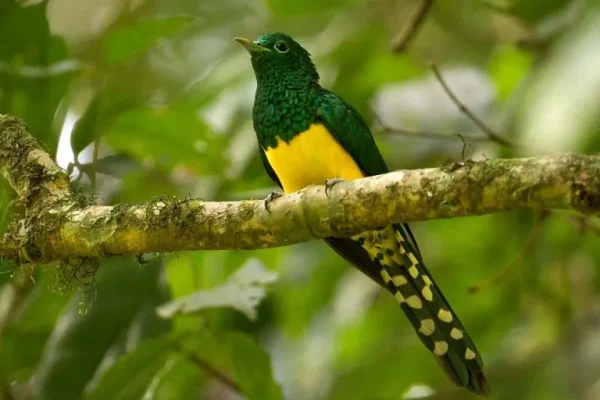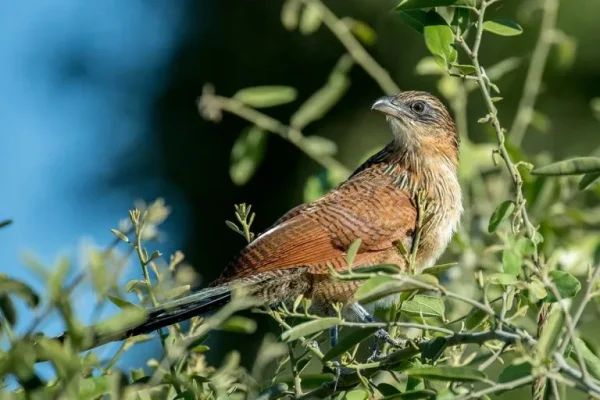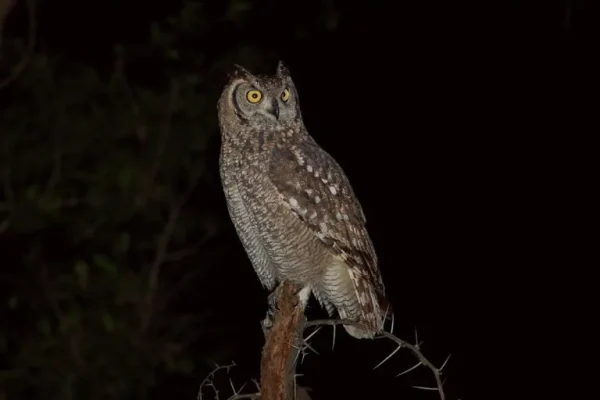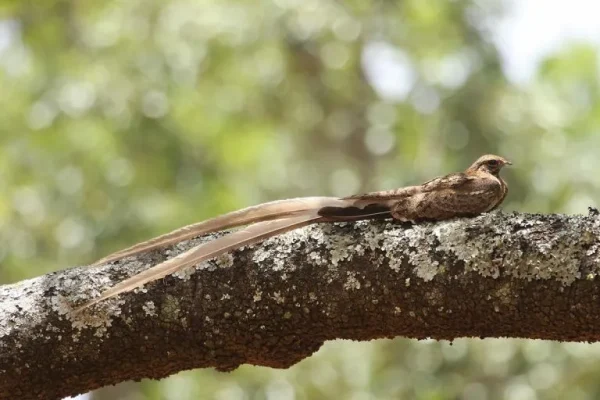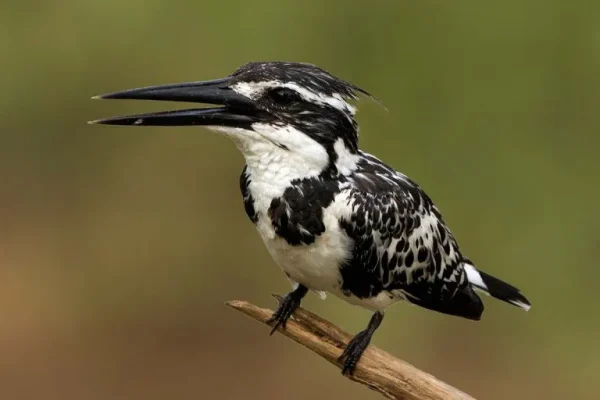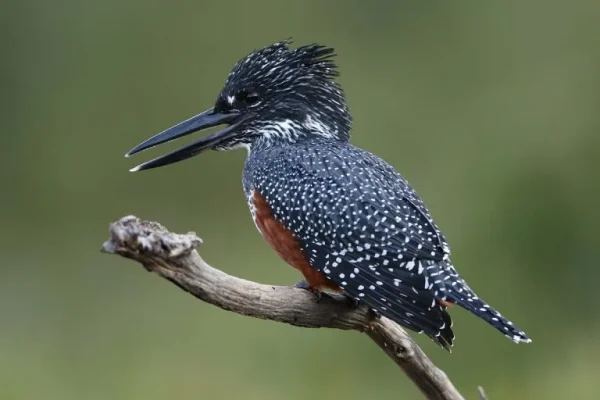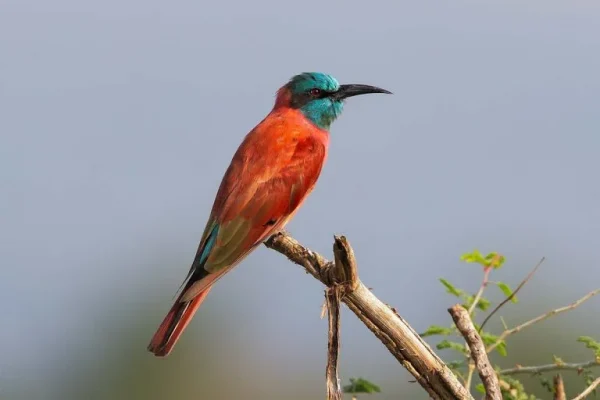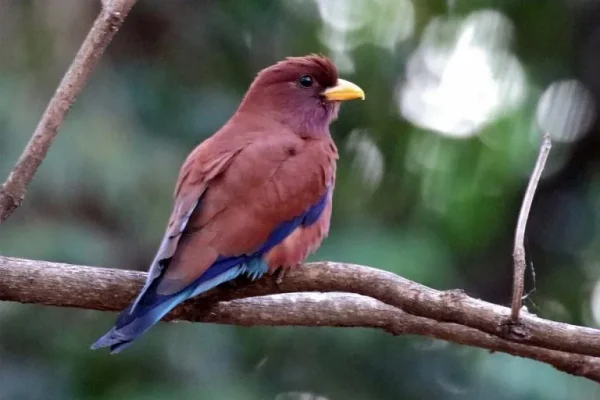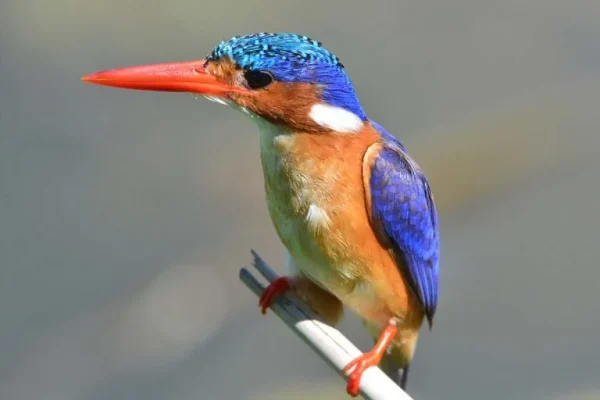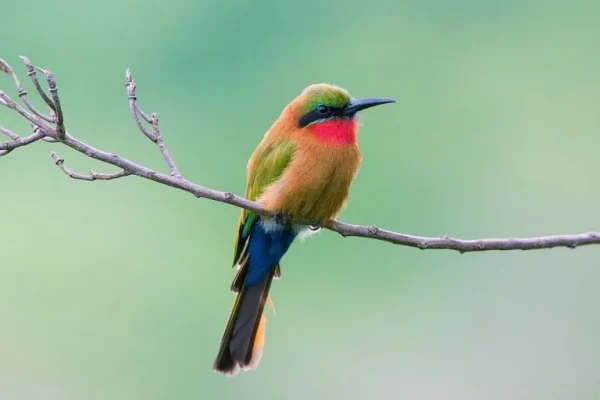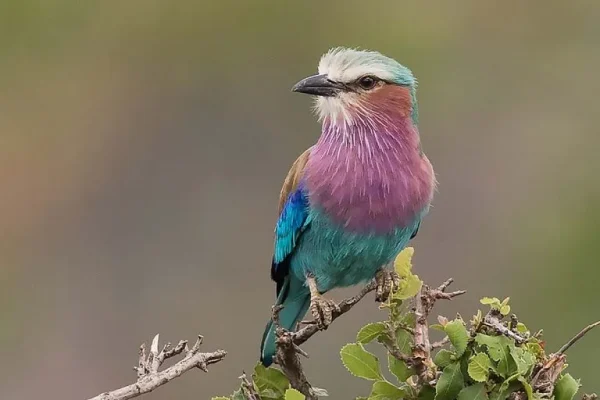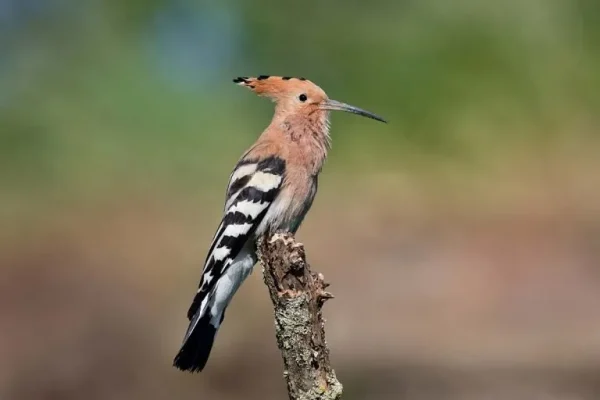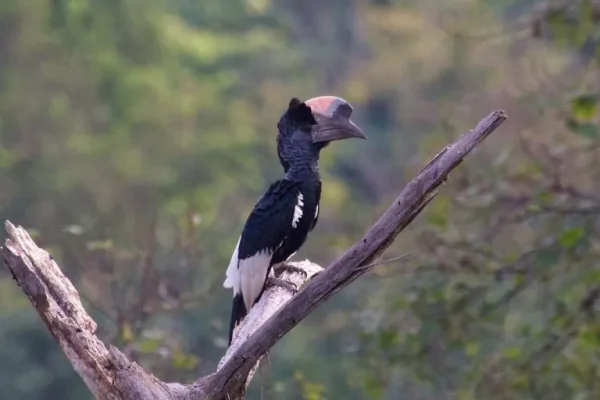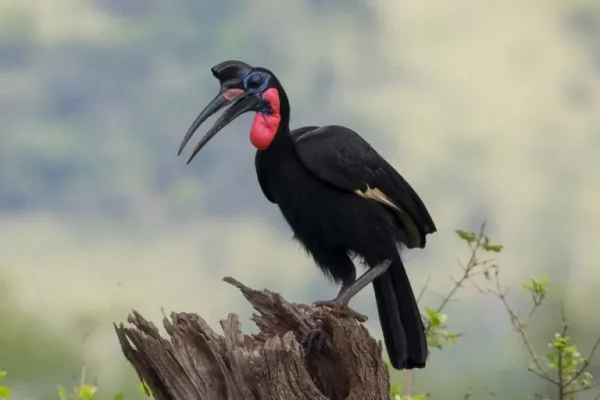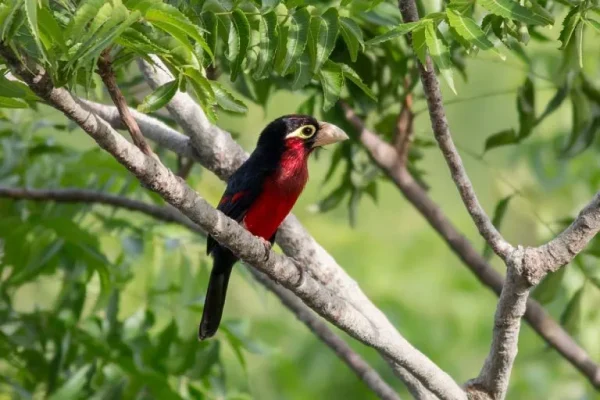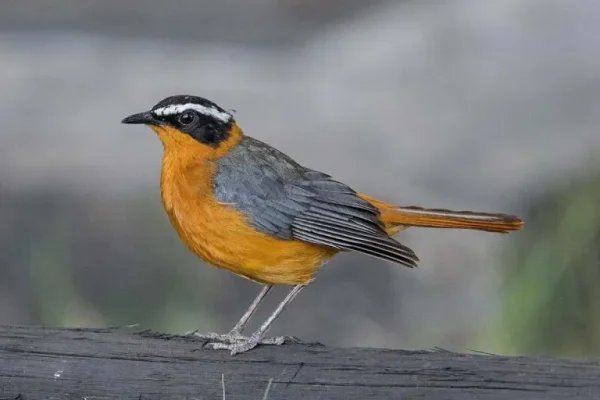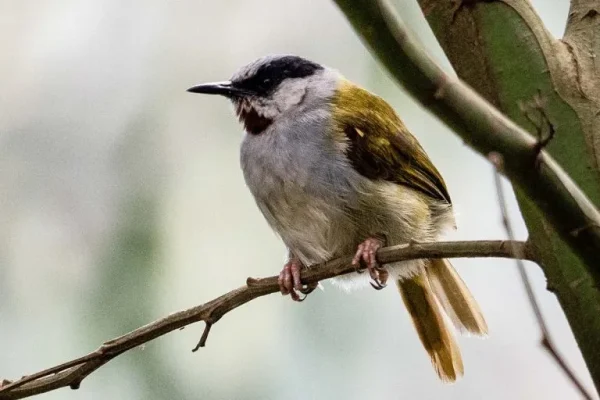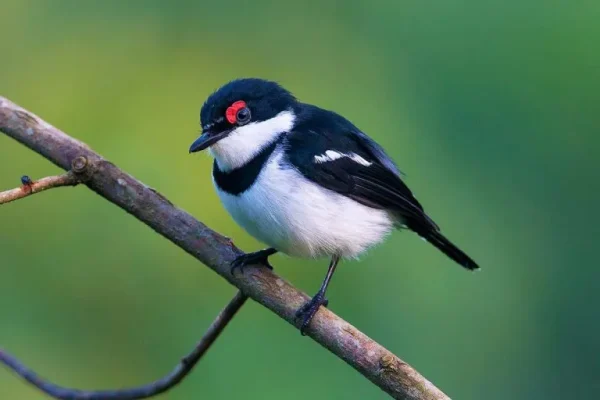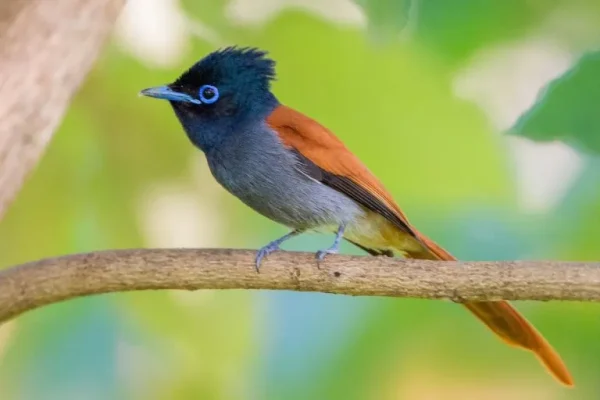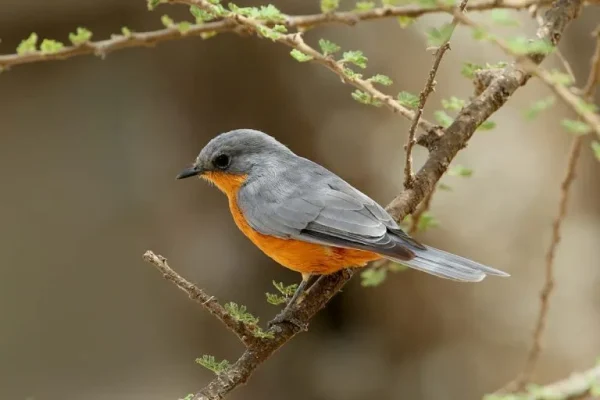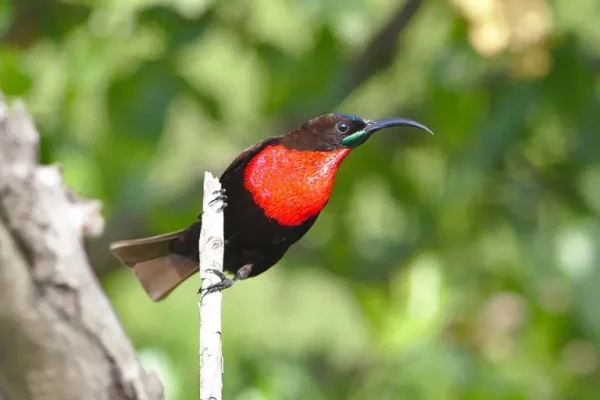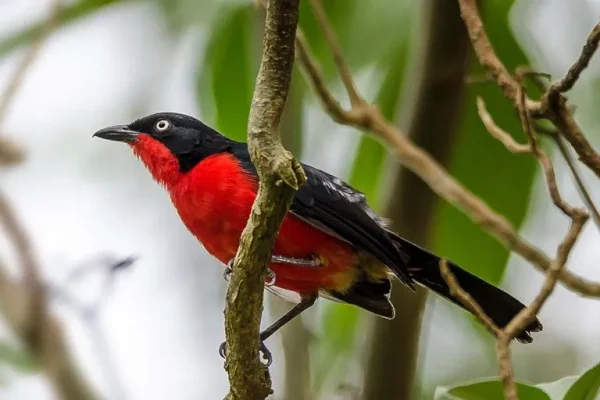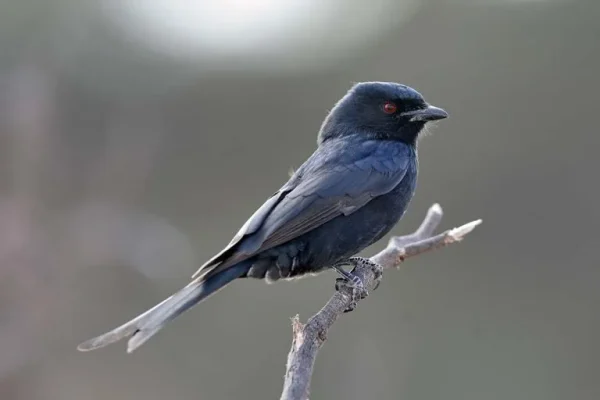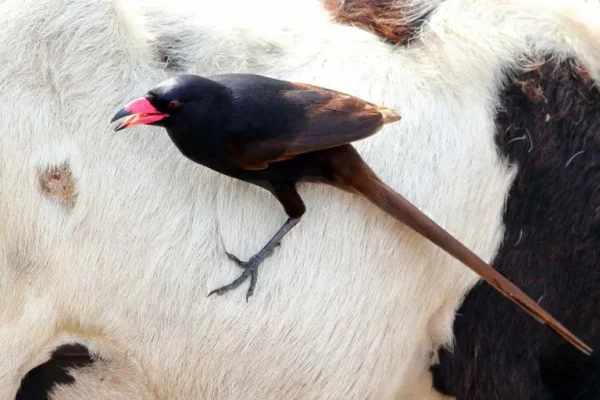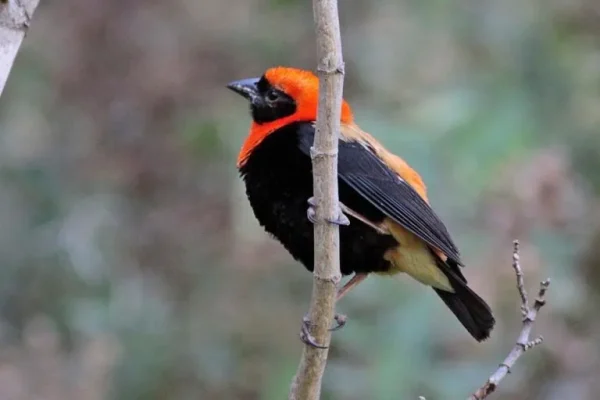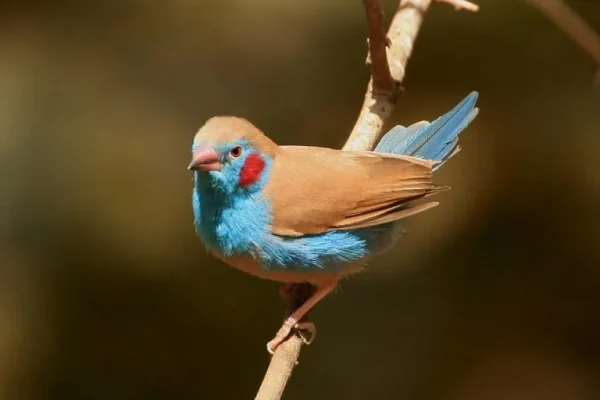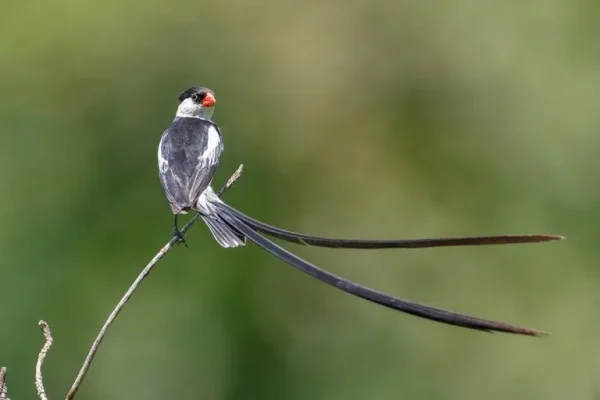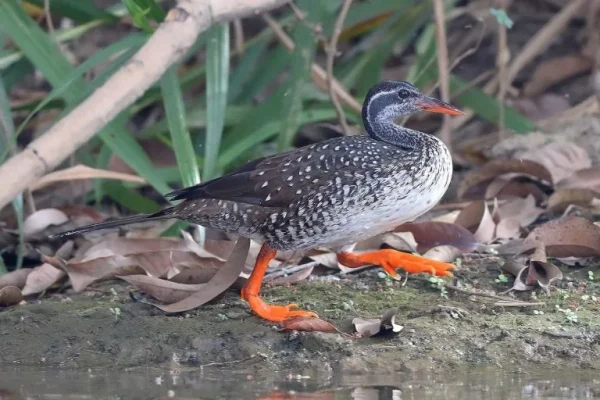List of Birds of Uganda, Bird Species: Uganda Bird Checklist
The sheer number of bird species in Uganda can be overwhelming for both people who have never been bird-watching in Africa before and people who have done it before in other parts of the continent. So, we made this Uganda birding beginner’s list with 50 important birds that live in different parts of Uganda to help you.
There are some common or very rare birds on the list of 50 key birds you must see in Uganda that are likely to impress first-time guests (or sometimes birders from other parts of Africa), even if they don’t know much about birds.
To keep things reasonable, the 30–40 bird species that can only be found in Semuliki National Park, the 24 Albertine Rift endemics, and the true weavers are not on the birding list.
Even though these birds were left out, Philip Briggs and Andrew Roberts chose more common, interesting, or unique birds over birds like greenbuls and cisticolas in their Bradt Travel Guides. At the end of each item in Stevenson and Fanshawe’s Birds of East Africa, the plate number is given so that it is easy to find.
List of Birds of Uganda
Uganda is an exceptional site for bird-watching. The checklist of around 1,080 species ranks fourth in Africa, despite the country’s comparatively modest size, comparable to that of Great Britain. This richness is due to Uganda’s position at the biological intersection of the eastern savannah, western rainforest, and northern semi-desert. Fox’s weaver is the sole species endemic to Uganda; however, the nation hosts 150 species exclusive to East Africa. It is the premier location globally for seeing shoebills. Migratory birds are observed from November to April.
The enormous diversity of bird species in Uganda might be overwhelming for novice bird-watchers in Africa and for aficionados acquainted with other regions of the continent. We have compiled a beginner’s list of 50 essential bird species that inhabit different regions of Uganda.
The compilation of 50 essential birds to observe in Uganda highlights both common and unique species that are likely to captivate first-time visitors, including birdwatchers from other regions of Africa, regardless of their previous interest in ornithology.
The birding list omits the 30-40 bird species confined to Semliki National Park, the 24 Albertine Rift endemics, and the genuine weavers for the sake of manageability.
Despite these omissions, Philip Briggs and Andrew Roberts in their Bradt Travel Guides favoured more recognisable, striking, or distinctive birds over species such as greenbuls and cisticolas. The plate number in Stevenson and Fanshawe’s Birds of East Africa is included at the conclusion of each entry for convenience.
African darter (Anhinga rufa):
Commonly known as the snake-bird due to its behaviour of swimming at low depths with a lengthened rufous neck, which exceeds that of any cormorant, it is prevalent in various watery environments with adjacent vegetation and typically rests conspicuously, frequently with wings outstretched to dry.
Hamerkop (Scopus umbretta):
An unusual, medium-sized, brown waterbird with no close relatives, characterised by a backward-facing crest and an elongated bill that together produce the hammerhead effect for which it is named. Constructs an extensive untidy nest, a notable specimen of which is seen on the Mweya Peninsula, QENP.
Saddle-billed stork (Ephippiorhynchus senegalensis):
The largest and most striking of numerous stork species prevalent in Uganda, reaching heights of up to 1.4 meters, characterised by black-and-white plumage and a vibrant red, yellow, and black bill, typically observed in pairs and frequently encountered on safari game drives north of Murchison Falls.
Marabou stork (Leptoptilos crumenferus):
Macabre, carrion-consuming stork, 1.5 meters in height, featuring a substantial expanding air sac beneath its neck and a black-and-white plumage pattern reminiscent of an undertaker’s attire. Prevalent in both rural and urban settings—particularly evident in downtown Kampala and Entebbe Town.
Shoebill (Balaeniceps rex):
Distinctive huge grey wetland inhabitant, remotely associated with pelicans, and a primary impetus for numerous ornithological excursions to Uganda. Shoebills are readily observable in the Mabamba Swamps in Entebbe, along the Nile beneath Murchison Falls, and at Lake Albert within the Semliki Wildlife Reserve.
Bateleur (terathopitis ecamlatus):
The most remarkable of Uganda’s great raptors is a mostly black short-tailed eagle, characterised by a distinctive red collar and conspicuous white underwings visible during flight. Prevalent in Uganda’s savanna reserves, frequently observed gliding with a tilting motion like to that of tightrope walkers, from which its name is derived.
Helmeted guineafowl (Numida meleagris):
Social and predominantly terrestrial wildfowl characterised by distinctive white-speckled grey plumage and a blue head adorned with an ivory casque. Panic-prone groups are prevalent in savanna parks. The analogous crested guineafowl is a woodland dweller characterised by a dishevelled arrangement of black head plumage.
Grey crowned crane (Balearica regulorum):
Uganda’s national bird, the Crested Crane, features grey and white plumage with a distinctive golden crest, typically found in swamps and adjacent moist grasslands. Examine thoroughly north of the Nile, as the northern black crowned crane has been documented in that region.
Great blue turaco (Corythaeola cristata):
This remarkable blue-green forest inhabitant, resembling a psychedelic turkey, reaches a length of up to 75 cm from the tip of its red-and-yellow bill to the end of its blue, black-barred tail. Small flocks are prevalent in forested areas throughout the country, including the Entebbe Botanical Gardens.
Eastern grey plantain-eater (Crinifer zonurus):
A sizable grey turaco-like avian species, featuring a prominent yellow bill and an off-white crest, prevalent in woodlands and savannas throughout the region, its distinctive loud chuckling sounds are emblematic of suburban Kampala and Entebbe. Verify the presence of the black-faced go-away bird in the acacia woods near Lake Mburo.
African emerald cuckoo (Chrysococcyx cupreus):
The brilliant green-and-yellow cuckoo, linked to forests, emits a distinct four-note call that is seasonally prevalent, however the bird itself remains elusive in the upper canopy. During the breeding season, the three-note call of the red-chested cuckoo, interpreted as ‘it-will-rain’ or ‘Tiet-my-vrou,’ constitutes a memorable aspect of the Ugandan soundscape, but the bird is rather less elusive.
Pennant/Standard-winged nightjars (Macrodipteryx spp):
The most remarkable of the 11 nocturnal nightjars documented in Uganda, the males of both species develop wing streamers that are twice their body length during the breeding season. It can be observed in show flight within any savanna habitat, particularly near water, although the optimal location to locate them is along the road to the summit of Murchison Falls after dark.
Malachite kingfisher (Alcedo cristata):
Superb African equivalent of the European kingfisher, characterised by a blue dorsal surface and wings, alongside an orange breast. Rests on low reeds or twigs adjacent to rivers and lakes; distant from water, compare with the pink-cheeked yet otherwise analogous pygmy kingfisher.
Lilac-breasted roller (Coracias caudata):
Brilliant bird resembling a pigeon, including a chestnut back, lilac breast, blue chest, and elongated tail streamers. Prevalent in savanna ecosystems in East Africa, where it perches conspicuously. A favoured safari species, compare it with the Abyssinian roller (lacking lilac) in Murchison Falls, where both species coexist.
Abyssinian ground hornbill (Bucorvus abyssinicus):
Primarily terrestrial hornbill, over one metre in height, robustly constructed with black plumage, white underwings, blue and red facial patches and elongated, delicate eyelashes. A prevalent inhabitant of the savanna in Murchison Falls and Semliki National Park.
Double-toothed barbet (Lybius bidentatus):
A vividly coloured thrush-sized avian species, characterised by a black plumage, prominent red breast, chest, and facial features, a yellow eye patch, and a robust pale bill. May be observed in various forested environments, particularly in proximity to fruiting fig trees. In the northern region of Murchison Falls, compare with the more localised black-breasted barbet, which bears similarities.
White-browed robin-chat (Cossypha heuglini):
The most prevalent among seven analogous thrush-sized species, characterised by an orange-red chest, a dark blue-black back, and a prominent white eye-stripe. Linked to forest peripheries, well-established gardens, and other verdant flora, but not to forest interiors.
African paradise flycatcher (Terpsiphone viridis):
A striking and prevalent inhabitant of woodlands and forests, typically exhibiting a blue-black colouration on the head and breast, rufous on the back, with males possessing a tail that may reach up to twice the length of the body. A black-and-white morph is prevalent in certain regions of Uganda, with intermediate forms present. In forested environments, particularly Kibale Forest, verify against the analogous red-bellied paradise flycatcher.
Scarlet-chested sunbird (Chalcomitra senegalensis):
In Uganda, sunbirds are represented by around 30 species; they are little, vibrant, and frequently iridescent nectarivores, characterised by elongated, curved bills akin to those of the unrelated hummingbirds that occupy a comparable ecological role in the New World. This species is prevalent in Uganda, characterised by its jet-black plumage, prominent scarlet chest patch, and green head patterns.
Black-headed gonolek (Laniarius erythrogaster):
A striking black-and-red thrush-sized avian species, prevalent in several savanna ecosystems, particularly in riparian thickets. Elusive yet not particularly reticent, its existence is frequently disclosed through boisterous duets, shifting between resonant flowing notes and a gentler churring reply.
Fork-tailed drongo (Dicrurus absimilis):
A combative all-black avian species featuring a pronounced forked tail, prevalent in woodland savannas where it perches conspicuously and frequently produces a sequence of abrasive, nasal calls. May be mistaken for the similar, yet less robust, northern black flycatcher.
Piapiac (Ptilostomus afer):
Smaller and more delicately constructed than other African crows, with a glossy black plumage with a red eye, commonly observed along riverine palms and typically connected with livestock or wild bovines, consuming disturbed insects. Prevalent in Jinja and Murchison Falls.
African finfoot (Podica senegalensis):
Common yet elusive red-billed inhabitant of tranquil lakes and rivers featuring overhanging foliage. It rates prominently on the wish lists of numerous African birders and is frequently observed during boat safaris on Lake Mburo and in Queen Elizabeth National Park.

